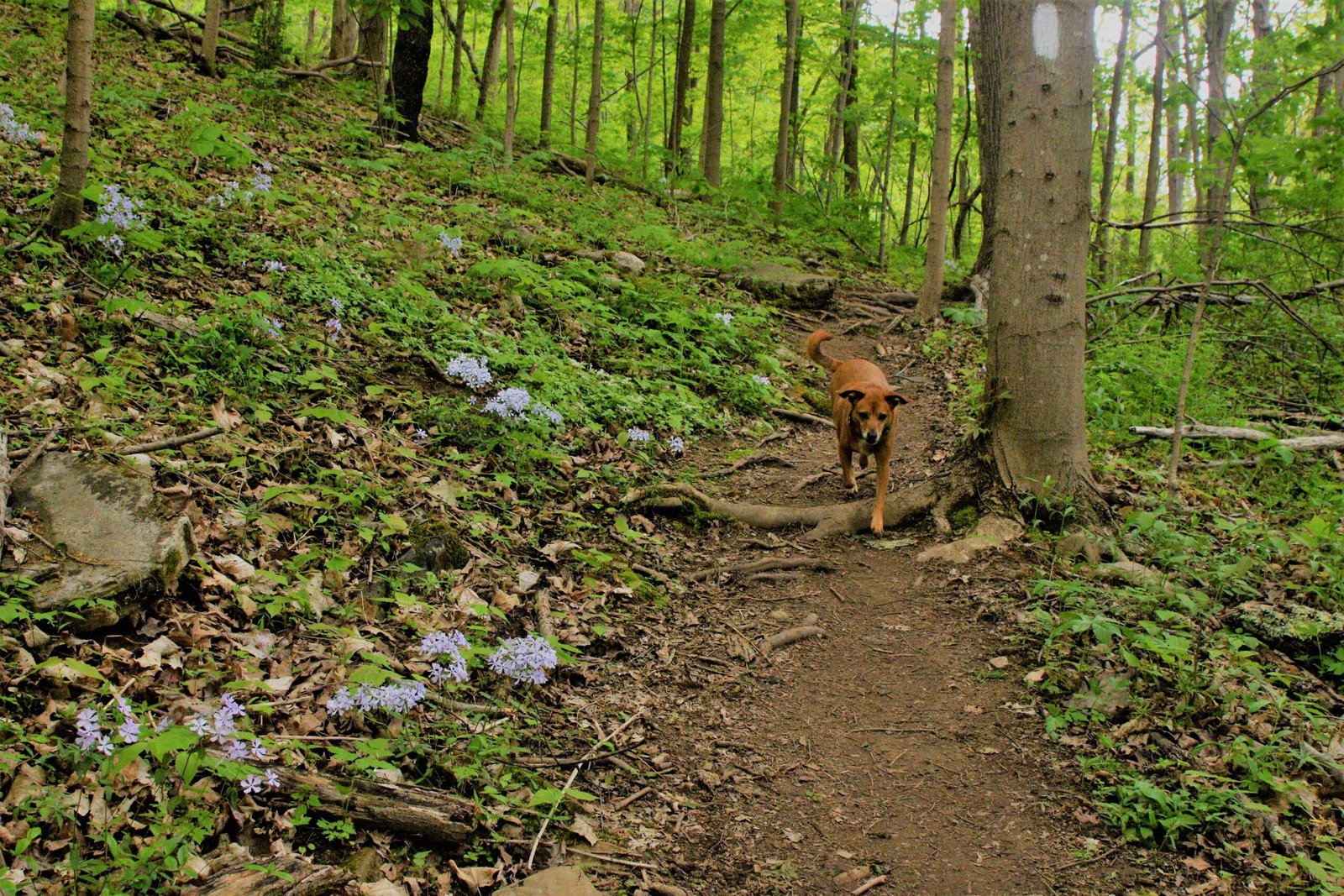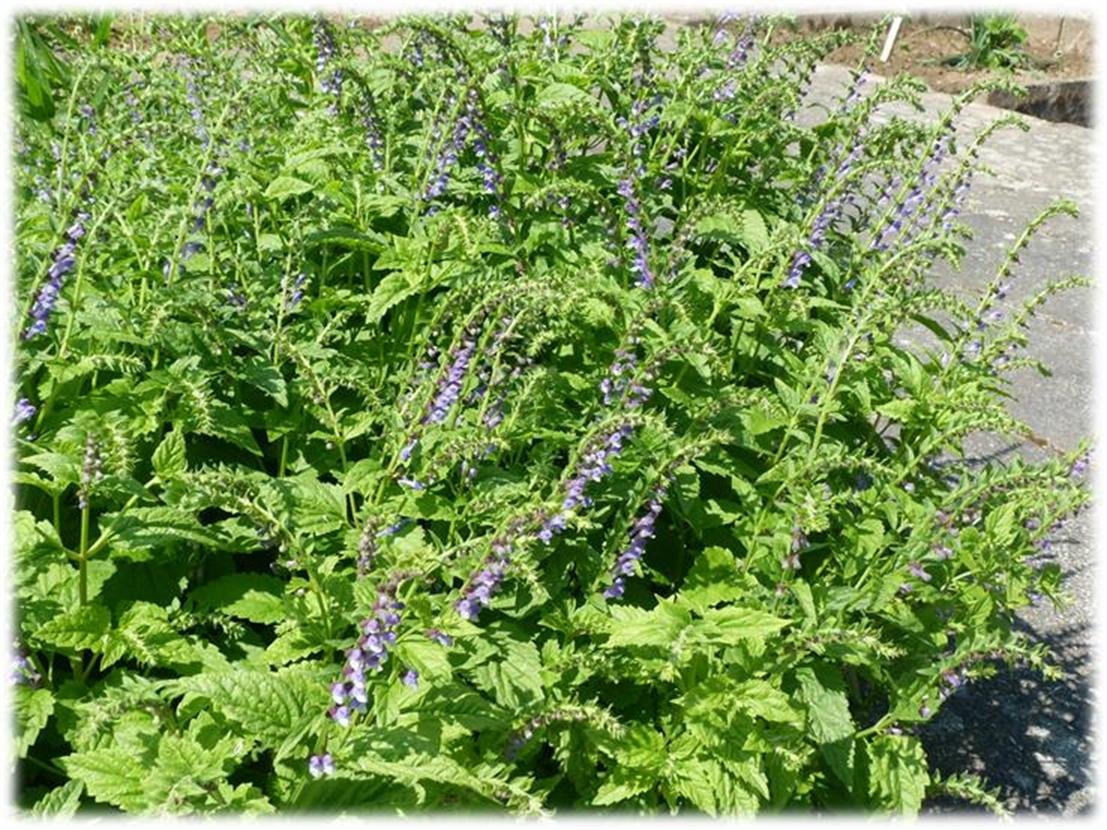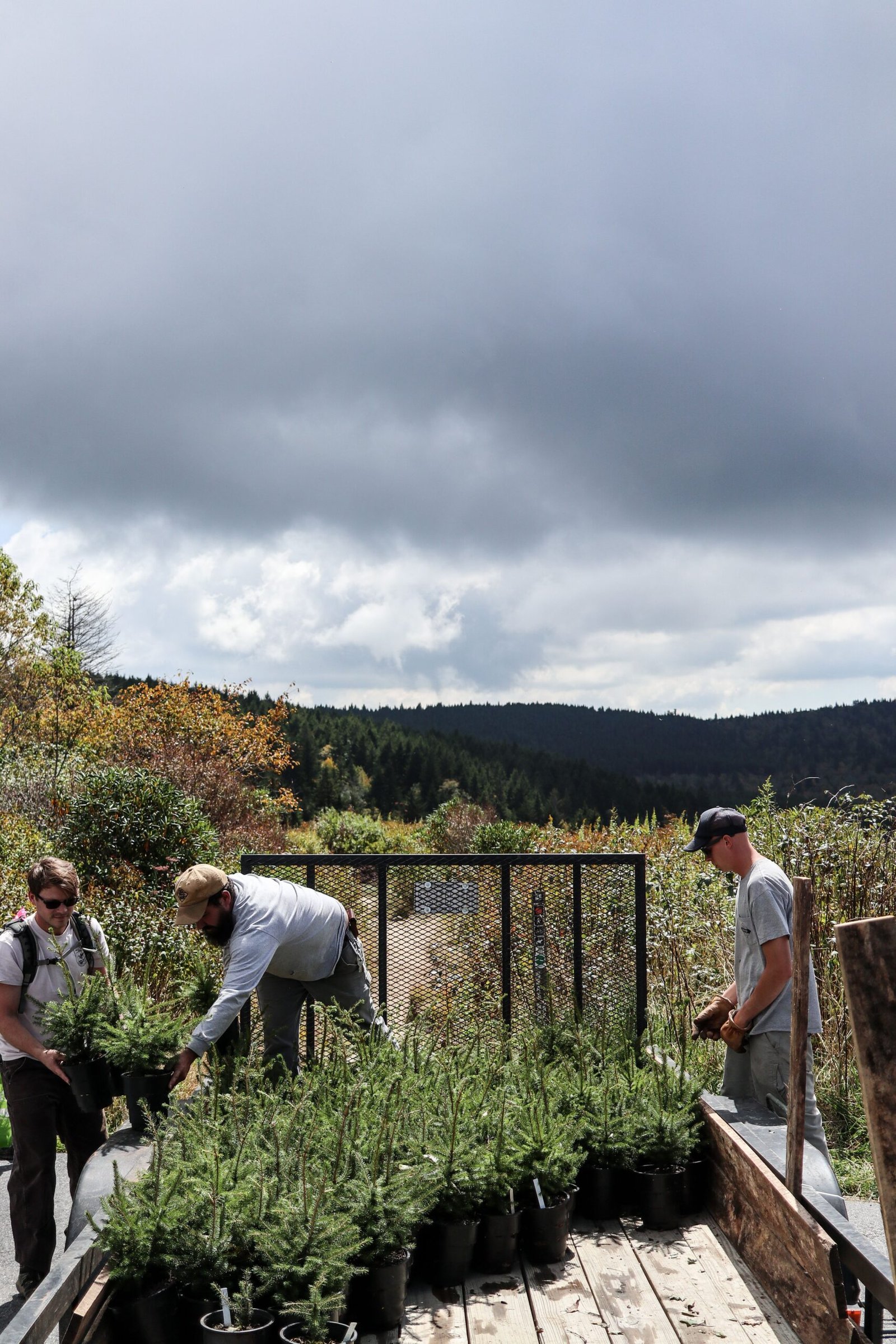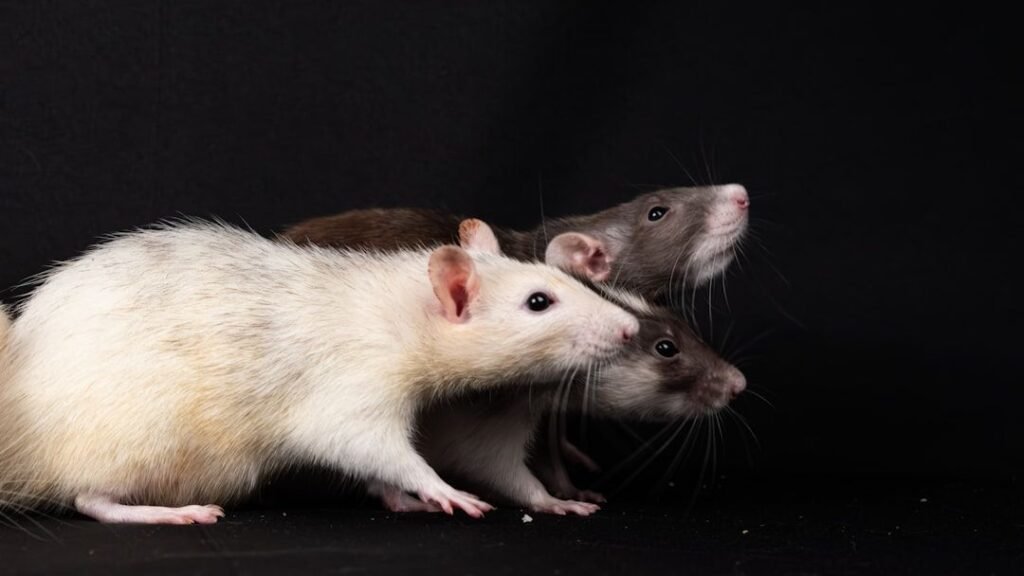Imagine stepping into a lush, green world where every leaf whispers an ancient secret and each root holds the promise of healing or nourishment. The Appalachian forest is more than just a backdrop to scenic hikes; it is a living, breathing garden filled with edible and medicinal treasures. For generations, people have survived and thrived here by understanding the subtle language of the land. Today, as we rush through life surrounded by technology and convenience, the knowledge of these wild plants is fading. But a movement is growing—a passionate return to the wisdom of the forest, where relearning these plants could reconnect us with nature, nourish our bodies, and even transform our relationship with the environment.
The Green Heart of Appalachia

The Appalachian Mountains stretch like a spine along the eastern United States, sheltering a unique blend of forests, streams, and meadows. These woodlands are among the most biologically diverse in North America, with a remarkable variety of plant life thriving beneath their canopy. Generations of Indigenous peoples and early settlers learned to read the forest like a book, identifying edible leaves, healing roots, and flavorful berries. Rich soils and a mild, moist climate have made this region a true garden, bursting with wild ramps, ginseng, and black cohosh. The forest itself is a tangled classroom, offering lessons in survival as well as delight for those willing to look closely.
Why Relearn Wild Plant Wisdom?
Modern life often distances us from the natural sources of our food and medicine. Supermarket shelves, processed foods, and prescription bottles have replaced the careful selection of wild ingredients. Yet, the wisdom of wild plant use is not outdated—it can empower us to make healthier choices and foster a sustainable way of living. Rediscovering these plants is also an act of resilience. In times of uncertainty or scarcity, knowing how to forage safely can be a lifeline. Moreover, reconnecting with ancient traditions deepens our respect for the land and inspires us to protect it for future generations.
Edible Gems of the Forest Floor
The Appalachian woods are a feast for those who know where to look. Ramps, also known as wild leeks, appear in early spring with a pungent aroma and a flavor somewhere between garlic and onions. Their arrival is so celebrated that entire festivals are held in their honor. Pawpaw trees bear custard-like fruit in late summer, while clusters of wild blackberries and wineberries offer sweet rewards along the trails. Even the humble chickweed and dandelion, often dismissed as weeds, provide nutritious greens packed with vitamins and minerals. Learning to recognize and harvest these plants can transform a simple walk in the woods into a culinary adventure.
Medicinal Plants and Their Healing Powers

Beyond food, the Appalachian forest is a treasure trove of medicinal plants that have soothed and healed for centuries. American ginseng, once so prized it was called “green gold,” is believed to boost immunity and reduce stress. Goldenseal, with its bright yellow roots, is used for its antibacterial properties. Black cohosh, favored by Indigenous and settler women alike, is renowned for easing menstrual discomfort and hot flashes. These remedies were the original medicine cabinet, and many modern pharmaceuticals trace their roots—literally and figuratively—back to these wild ancestors. Understanding these plants reminds us that nature is both a healer and a teacher.
Foraging: Skill, Safety, and Stewardship
Foraging is more than just picking plants; it requires knowledge, respect, and care. Mistaking one plant for another can be dangerous, as some edible species closely resemble toxic ones. Responsible foragers take time to learn plant identification, harvesting only what they need and leaving enough to ensure the plant’s survival. Tools like field guides, mentorship from experienced foragers, and even smartphone apps are invaluable for beginners. Ethical foraging also means respecting private property and avoiding overharvesting sensitive species. By following these principles, we honor the delicate balance of the forest and protect its gifts for years to come.
Traditional Wisdom Meets Modern Science
While folk knowledge forms the backbone of Appalachian plant lore, scientific research is shedding new light on these traditions. Researchers have confirmed the nutritional value of wild greens like nettles and lamb’s quarters, revealing them to be richer in vitamins and minerals than many cultivated crops. Studies on medicinal plants such as ginseng and goldenseal have identified bioactive compounds that support immune health and fight infection. This blend of old and new knowledge opens exciting possibilities for natural health solutions and sustainable food sources, making the forest garden relevant in today’s world.
The Role of Indigenous Knowledge
Much of what we know about Appalachian wild plants comes from the deep understanding of the region’s Indigenous peoples. Tribes like the Cherokee and Shawnee maintained a close relationship with the land, using plants for food, medicine, and ceremony. Their knowledge was passed down through careful observation, storytelling, and practice—teaching not just identification, but also respect and gratitude. Today, efforts to document and honor this wisdom are helping to bridge cultural gaps and restore lost traditions. Recognizing the value of Indigenous knowledge is an essential step in relearning and protecting the forest’s bounty.
Creating Your Own Forest Garden
You don’t need to trek deep into the wilderness to enjoy the benefits of wild plants. Many people are now cultivating “forest gardens” in their own backyards, mimicking the natural layers of the Appalachian woods. By planting native species like mayapples, spicebush, and ramps, gardeners can create habitats for wildlife while enjoying seasonal harvests. Forest gardens are low-maintenance, resilient to pests, and support pollinators and other beneficial creatures. This approach not only revives forgotten foods but also connects families and communities to the rhythms of nature.
Challenges and Conservation

The Appalachian forest faces threats from habitat loss, invasive species, and climate change. Overharvesting of prized plants like ginseng has pushed some populations to the brink. Conservationists are working to protect these resources through education, sustainable harvesting practices, and habitat restoration. Individuals can support these efforts by learning about at-risk species, participating in replanting projects, and advocating for stronger environmental protections. The survival of the forest garden depends on both collective action and personal responsibility.
Stories from the Wild: Voices of Reconnection
Around kitchen tables and campfires, stories of foraging adventures and plant discoveries are coming back to life. People describe the thrill of spotting a patch of wild ramps or the satisfaction of brewing tea from hand-gathered spicebush berries. These experiences foster a sense of wonder and gratitude, reminding us that we are not separate from nature, but part of its ongoing story. Each encounter with the forest is a chance to relearn, reconnect, and rediscover ancient wisdom in a modern world.
The Path Forward: A Call to the Forest
In a time when many feel disconnected and overwhelmed, the Appalachian forest garden offers hope and healing. By relearning edible and medicinal wild plants, we strengthen our bodies, nourish our spirits, and forge a deeper bond with the natural world. What will you discover the next time you walk beneath the trees?



